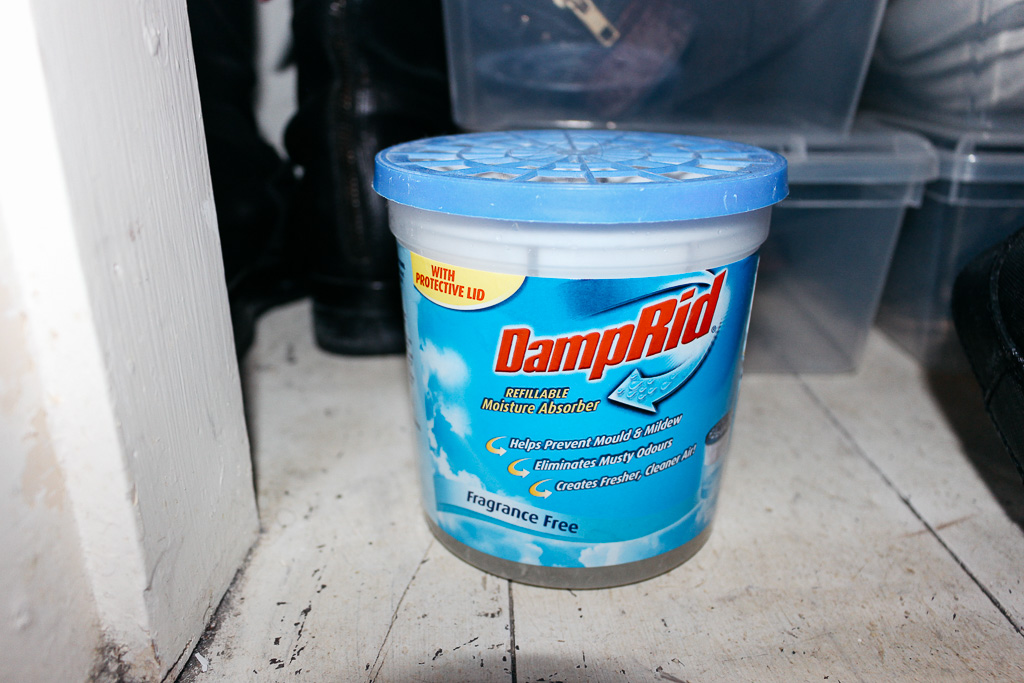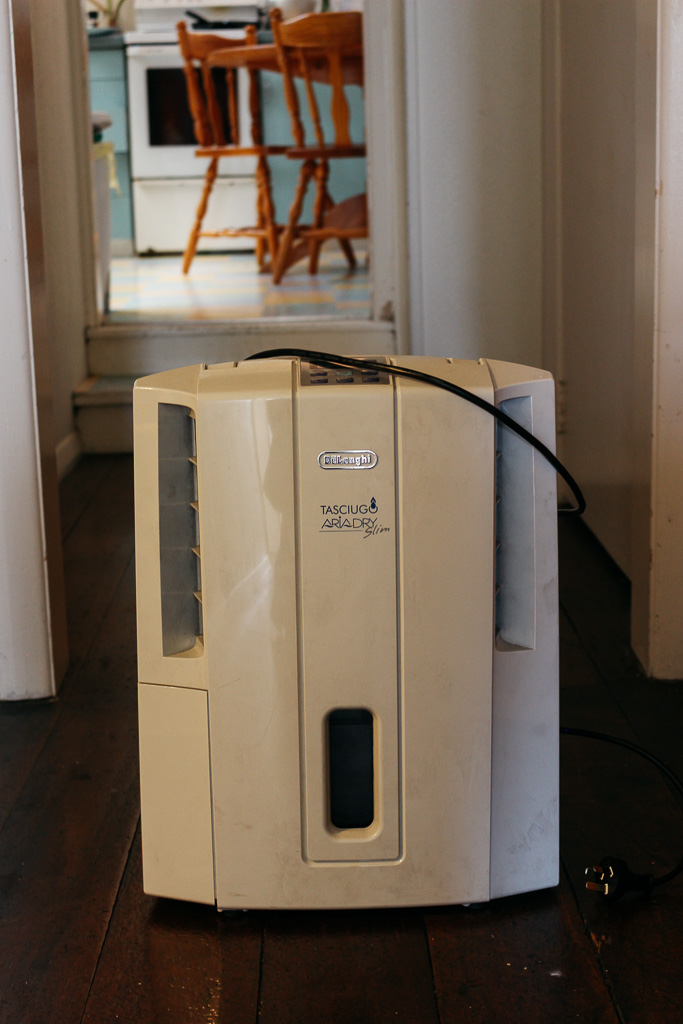Picture the scene.
You are looking forward to the start of a new season, and decide to get those cute pink trousers you haven’t worn in a while. It’s been too warm to do so, and now is the time to take advantage of the colder weather. You reach in and notice a musky smell. How haven’t you noticed it? Pulling out the pants, you see that they’re covered in a pale chalky powder. Oh no. Could it be…? Surely not! But yes. It is. The RETURN OF MOULD.
Who else HATES when you inspect your closet to find that you aren’t the only one who’s been hanging around your clothes? Finding mould on your clothes, especially on a wardrobe you’ve built up over a few years with pieces you love, is the worst.
If you, like me, live in an old Wellington house, you have likely suffered the devastation of seeing a favourite dress get eaten up by merciless mould, and wailed in a way that can only be compared to how Ryan cried when Marissa died on the OC.
A few years ago I was gutted to see that our lovely house had left a very rude treat for me. A whole cupboard infested with mould.
Seeing clothes you love be ruined by mould is very very annoying. While it might seem like something that you shouldn’t need to worry about until you have a home of your own, taking responsibility for preventing the spread of mould will save you hundreds of dollars in dry cleaning bills and ruined outfits.
The key way to get on top of mold is to not panic but to take the steps below. If you implement all of them, you will find yourself in a less musky home and save your self the anguish of a moldy closet.
1. Don’t over-stuff your closet and dry clothes before storing
The number one issue that causes mold is putting clothes dampened by rain into a stuffed wardrobe. The way to prevent it is to not put damp clothes in your cupboard and make sure they dry properly. You might even need to leave them in the living room with the heater on that evening. If you put your coat or skirt away in the wardrobe, and that wardrobe is over-full, it will start to grow mold which will then spread to other items. Mold also loves natural fabrics like silk. My rule of thumb is that you should be able to separate your items, leaving space for them to breathe. If they’re stuffed like sardines, you will likely get unwelcome visitors *they see me moulding, they hatin’*
2. Brush, don’t wipe
An amateur mistake. Your first instinct might be to try and wipe the mold off with a damp cloth if you cannot just chuck an item of clothing in the washing machine (ie coats, nice skirts, dresses and trousers - man mold, you got taste!). NO! Do not do this. Wetting the mould won’t stop it coming back, especially if you don’t dry it back off again properly. It is better to use a dry brush to brush off the spores from your clothes. This is a bit smelly so if possible do it in the garden rather than the living room or kitchen (mmm spores for dinner anyone?). Brushing the spores away will rid the clothes of the powdery visitor and will enable you to wear them again without feeling like a musky old grandmothers attic. Wearing them will get the fibres in the clothes moving/leather flexing about and eventually the smell will totally disappear.
3. Damp-Rid is your friend
For just under $20, you can buy a container of damp-rid crystals. I used to think these had something to do with Hippos but apparently these days they’re called Damp-Rid which is much more boring. They still do the job. Place a container of these in your closet and through the winter months, you will find that they dissolve into liquid. The crystals draw the damp to them like rice. Once fully dissolved, you just wash down the sink and refill. However, if you have a very un-aired house, you might find crystals are not enough. In which case, it’s time to call in the big guns.
4. Invest in a dehumidifier
Ahh, there goes $400 I’ll never see again. A dehumidifier may be expensive, especially if you want to get a good one, but trust me, it is an investment you’ll thank me for. We have two de-humidifiers - an old one of Matts and our swankier slimline one. They both do the same job, but we spent SO MUCH TIME trying to get the right one. A dehumidifier will do what crystals cannot do alone and draw the moisture out of the air. It can sit in the bedroom and suck dampness from the air and will save your clothes (you need to leave the wardrobe door open). We tend to leave ours on for a day or two a week in Winter (and even in Summer as our room got quite hot and didn’t properly air). A worthwhile but boring investment that you will never regret as it will literally prevent you needing to buy a whole new closet.
5. Use the bag covers
Sadly, I found out that bags are also not exempt from getting mold. A few of my bags got covered in mold and unlike clothes which can be washed create a much more complex problem once they have mold growing inside them. The best way to deal with it is to try and prevent mold getting into handbags to start with. Put bags in a calico bag protector. You might already have these, or you can buy them from anywhere that sells linen. If you don’t want to buy one, try using a pillowcase.
6. Get shoe boxes
Alas, shoes too are susceptible to mold. To prevent shoes getting mold, you might try placing them in a shoe box. You can use the cardboard one that they came in (and if they have tissue paper, even better). I have plastic shoe boxes from Plastic Box so I can see them. Warning: these may not entirely prevent mold, so make sure you check them every few months. They can be stacked and if they’re transparent they can help you see which shoes you own as a bonus.
7. Take things out for an air
Every three-six months, take your whole wardrobe out of the clothes closet (including any hallway closet) and brush down your clothes with a dry brush. Anything that needs washing, chuck in the machine to freshen up and then, when drying, leave on a hanger in the living room with a heater and dehumifier on so it is dry as a bone. Only once you have properly, PROPERLY dried out those dresses and shirts, should you attempt re-entry.











